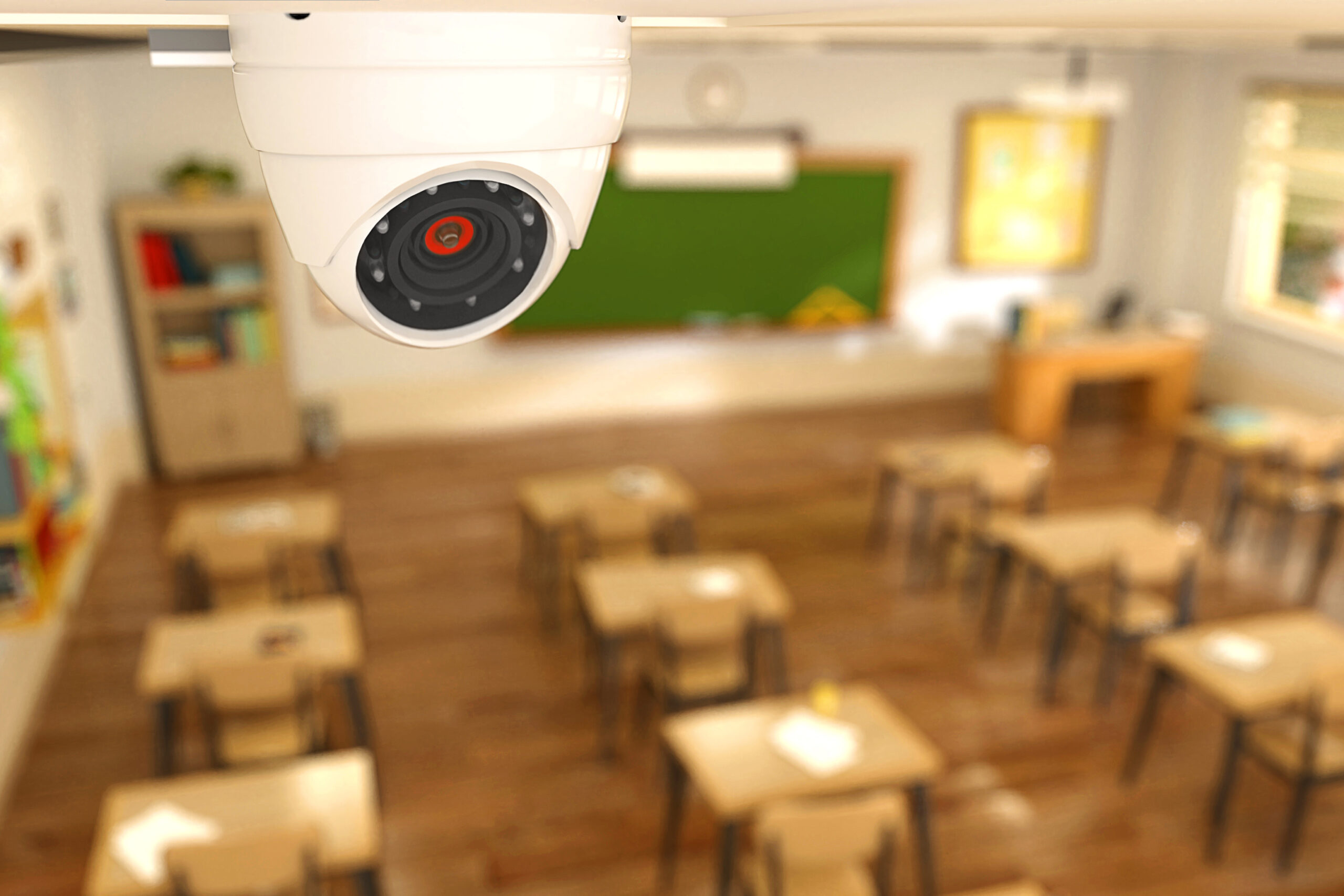PREMISES LIABILITY RISKS FOR FAITH-BASED ORGANIZATIONS
Allowing individuals to inhabit your property exposes you to several liabilities, many of which vary in severity depending on state and local laws. Consider the following, and work with INSURICA to develop an appropriate risk management plan.
Habitability
In many cases, and especially if you are receiving public funding, you are responsible for maintaining certain standards of habitability for those staying on your property. It is important to be familiar with all local codes, including fire codes, health codes, tax codes and electrical codes. Requirements may include the following:
- Structurally sound buildings
- Sanitary conditions
- Clean water supply
- Adequate air quality
- Sufficient space and security for each occupant
- Lack of lead-based paint hazards
- A certain number of smoke detectors
Premises Liability
If a visitor to your shelter suffers harm from unsafe or unhealthy conditions, and subsequently decides to sue you, you could be held negligent and be responsible for damages. As a property owner, you are legally responsible for preventing visitors from being injured or sickened on your property—this is called reasonable care. When someone is injured on your property as a result of your failure to repair or warn him or her about a danger on the property, you are liable for damages. The extent to which you are liable depends on case history in each state.
Protecting your organization from this exposure could comprise a variety of actions:
- Proper warning. For some hazards, a simple posting can satisfy your legal duty.
- If you are able to predict something that could cause sickness or injuries—for example, a bad water heater, a faulty furnace or other hazards—prevent those problems from hurting those staying on your property by fixing problems immediately and maintaining the facility properly.
- Taking precautions against careless or criminal conduct on the part of a third party. This may include hiring security or installing security systems, gates or fences.
Work with Us
Examine your organization, and determine which preventive measures are appropriate to protect against liability. It is important to remember that the degree to which you could be held liable is largely dependent on your jurisdiction and the outcome of past cases.
In addition to taking necessary preventive steps, work with INSURICA to ensure that you have purchased sufficient liability insurance that will cover you in the event of a claim.
About the Author
Share This Story
Related Blogs
Protecting Your Network: Essential Data Backup Strategies for Schools
Protecting your network begins with implementing effective data backup [...]
Enhancing School Security: Practical Strategies for Safer Campuses
Enhancing school security is one of the most pressing responsibilities for education leaders today. As school campuses evolve, so too must the systems that protect them. For administrators, safety professionals, and district decision-makers, creating a secure learning environment means taking a proactive, layered approach that includes physical security, training, technology, and community involvement.
5 Common Cybersecurity Mistakes and How to Avoid Them
All organizations, regardless of their size or industry, are at risk of being targeted by cybercriminals. These malicious actors can conduct cyberattacks, leading to significant financial, operational and reputational damage that can be difficult or impossible to recover from. Fortunately, solid cyber hygiene practices can reduce the likelihood of data breaches and other cyber incidents from occurring, and many of these practices are relatively low-cost and easy to implement.








